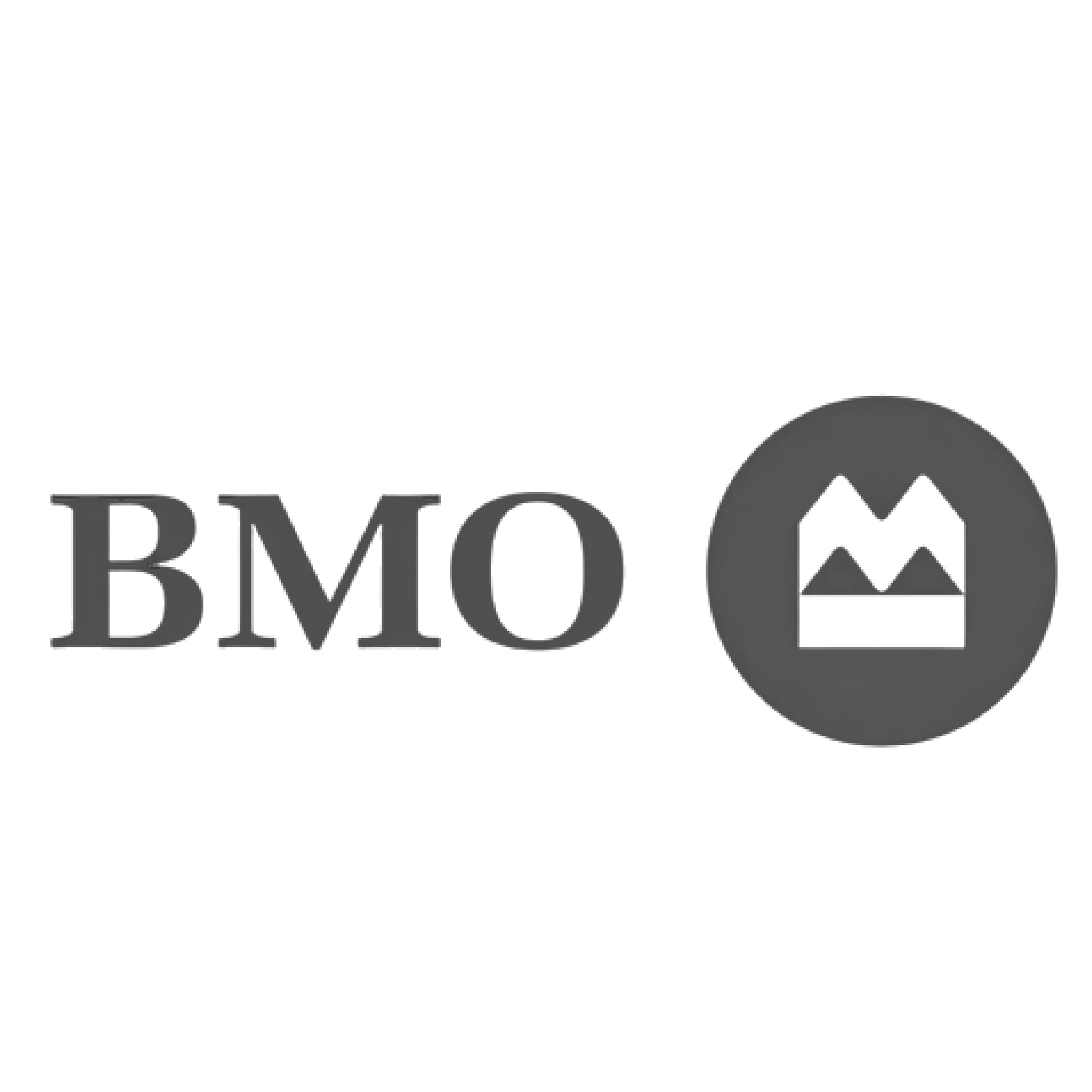In the realm of social media, setting clear and measurable goals is the foundation of a successful strategy. From enhancing brand awareness to driving conversions, defining specific objectives ensures focused efforts and measurable outcomes. Here’s a comprehensive guide on setting SMART goals for your social media endeavors.
1. Specific Goals: Ambiguity can derail your social media efforts. Define specific goals that align with your business objectives. For instance, instead of a vague goal like “increase followers,” aim for a specific number of new followers within a defined period, say, a 20% increase in followers in the next three months.
2. Measurable Metrics: Identify metrics that allow you to quantify progress toward your goals. These might include metrics like engagement rate, click-through rate, conversion rate, number of leads generated, or mentions of your brand online. Choose metrics relevant to your objectives and track them consistently.
3. Achievable Objectives: Ensure your goals are attainable and realistic. Consider your current social media performance, resources, and capabilities. Setting unattainable goals can lead to frustration, while achievable objectives motivate and drive progress.
4. Relevant to Business Objectives: Align your social media goals with broader business objectives. Whether it’s increasing website traffic, boosting sales, improving customer satisfaction, or launching a new product, your social media goals should complement and contribute to your overall business goals.
5. Time-Bound Targets: Establish a clear timeline for achieving your social media goals. Set deadlines to create a sense of urgency and accountability. For instance, aim to achieve a 15% increase in website traffic from social media channels within the next six months.
Example of SMART Goals:
Specific: Increase Instagram followers by 25% from 10,000 to 12,500 within the next four months.
Measurable: Track the follower count weekly and monthly to measure progress.
Achievable: Based on past growth rates and planned content strategies, achieving a 25% increase in four months seems feasible.
Relevant: This goal aligns with the overall objective of expanding the brand’s reach on Instagram and engaging a larger audience.
Time-Bound: Achieve the 25% increase in followers within the next four months.
Conclusion: Setting SMART goals for your social media strategy lays the groundwork for success. By making goals Specific, Measurable, Achievable, Relevant, and Time-bound, businesses can steer their social media efforts with clarity, measure progress accurately, and ultimately drive meaningful results that contribute to the overall success of the organization.
















































